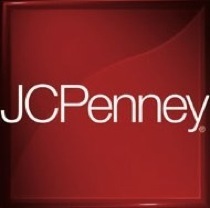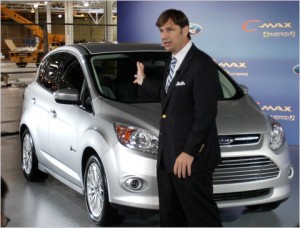QR Codes and Packaging.
So you’are standing at the store, say in the frozen cookie dough aisle, trying to decide between Sweet Loren’s and Fat Boy’s. One has butter, one has no dairy. The pictures of the cookies look great on both boxes but one package feels a bit more “healthy.” You are debating wheher to buy healthy but can’t make up your mind. What do you do? You break out your smarty and take a picture of the QR codes on the package and twitch over to a website for an in-depth look at the product? Sure, why not.
QR Zombies
I’ll tell you why not, retailers would spit the bit. Good stores are crowded enough, can you imagine what they’d be like with zombie-like consumers consulting their phones in the aisles watching 110 second product videos? Talk about shelf-talkers! This is not what retailers want, trust me.
Packaging needs to sell. It need to close the deal. Great designers know people will only read so much on a package. It’s an art. Designers will include less copy and more picture if there is a QR code on the pack – and it will cause a retail revolt. On resets will QR code containing products be put on lower shelves, get fewer endcaps, loose facing strength? I love QR codes. They are awesome. That said, POS (point of sale) is where you buy not where you do homework. Peace!





